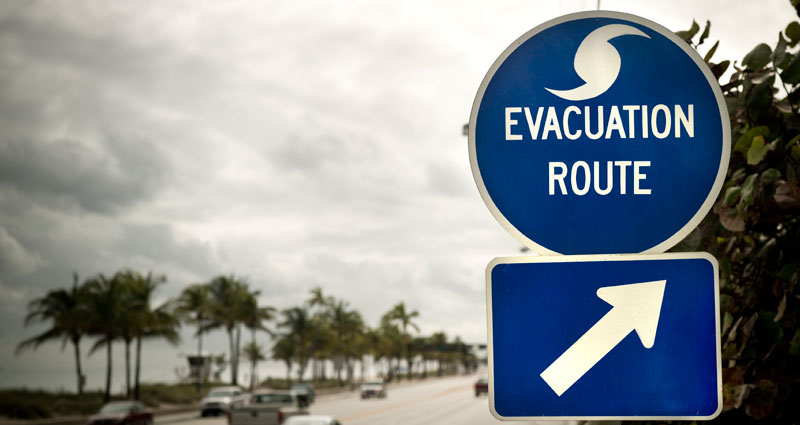
You can never be too prepared. When disaster hits, it can be very difficult to think clearly and devise a plan for you and your family on the spot. The only way to ensure a positive outcome during an emergency is to plan what you can, including your evacuation route.
We often see in the news people being evacuated for fire, hurricanes, tornadoes and other natural and man-made disasters. What we don’t hear enough about is how to plan properly should evacuation be necessary for you. In most emergencies, our first thought is how to get out or evacuate. For this you will need to understand your specific evacuation route.
WHAT IS AN EVACUATION ROUTE?
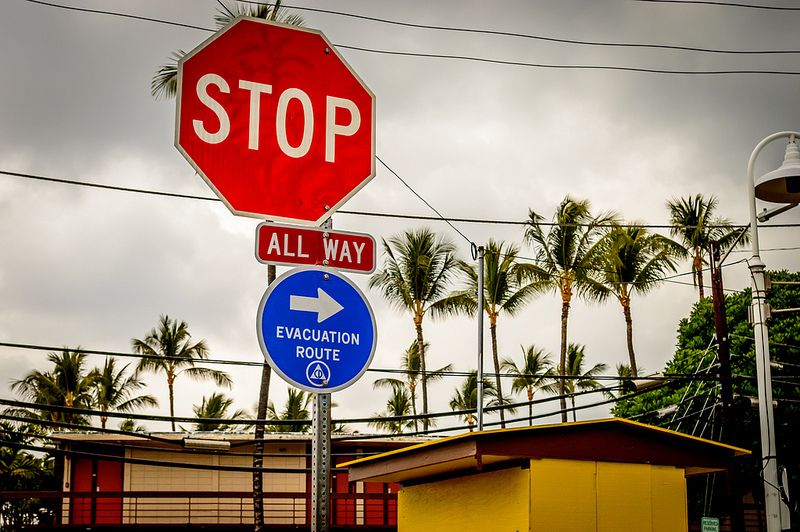
Knowing where you’re going is the key. You may get a few days to plan or a few minutes. The first step is getting everyone on the same page for evacuating your home. Make sure each family member knows the safest route out of the house, with a backup plan if the main route is blocked. Walk through the plan together—literally.
Ask your manager for a copy of the evacuation route for your office. Many larger businesses post them in various places. Your employer may also post evacuation route signs. Look for these if danger strikes at work or if you’re in a public place you need to escape from.
The next evacuation route to plan is away from your home. Understand that you may need to get out on foot if you don’t have a car or your car is disabled so you won’t only be planning for roads. Check online to see if your area has a government designated evacuation route. These will be a priority for law enforcement to keep clear.
WHY THEY ARE NECESSARY
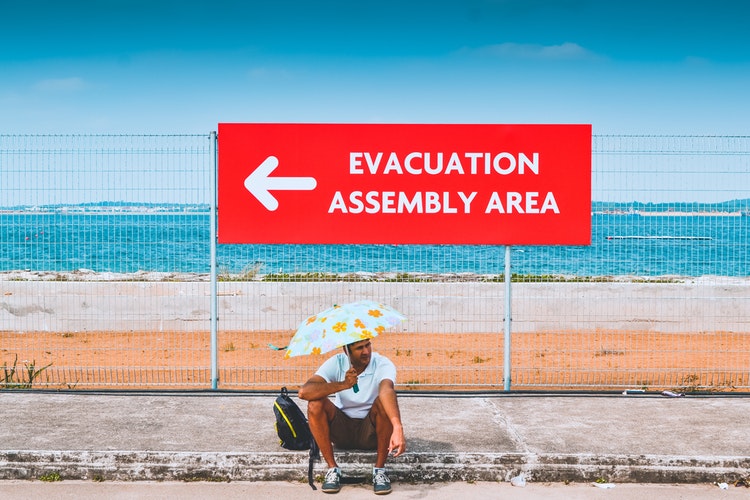
A plan that includes an evacuation route helps to calm everyone before and in the event of an emergency. It takes away the “what do I do?” panic that can strike when adrenaline is elevated suddenly. It also serves as a beacon for family members who may be apart in a disaster. Knowing where everyone is going and where they will meet reduces stress.
The point of any plan is to increase everyone’s chances of safety and survival. Knowing your evacuation route also allows you the opportunity to travel it from time to time and make adjustments as streets and paths change. It takes very little time to plan and can save lives. An evacuation route plan is worth every minute spent on its creation.
PLANNING AN EVACUATION ROUTE
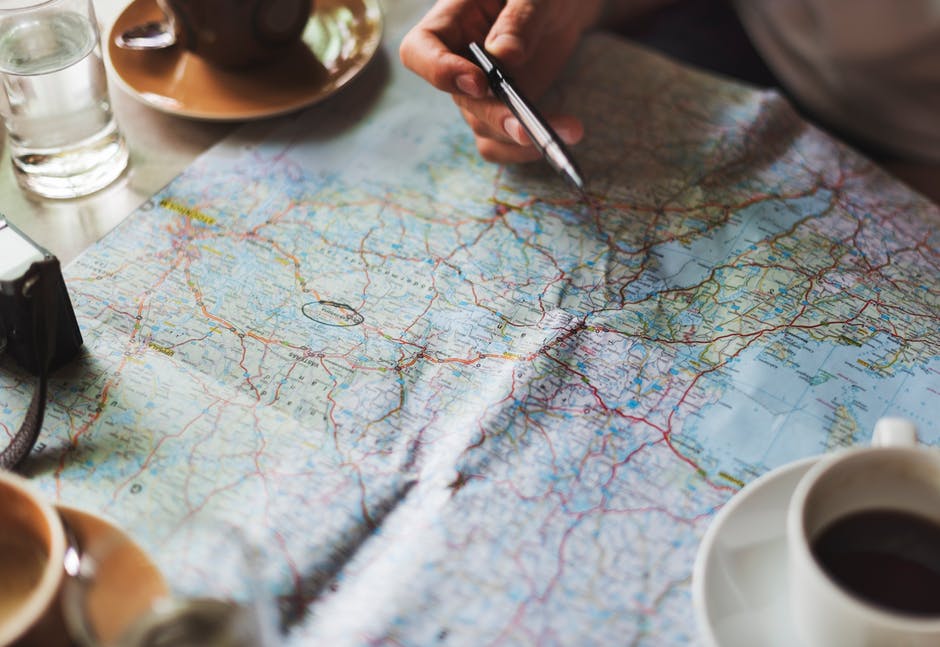
Spend some time talking about the best way to get out and get out quickly should the need arise. Grab a few local and statewide maps and plot your course—paper maps. GPS may not work in an emergency.
1.Roads
It’s important to know your area. Are there roads or freeways you know will be bedlam? If so, figure out an alternative route. Give it a drive, making a note of obstacles, obstructions or hazards that may appear if conditions worsen.
Pick several spots according to distance away from your home and the potential disaster zone. Choose a route that will take you to a destination:
- Outside your neighborhood
- In a neighboring town or city
- Out of the state
It’s important to know what natural disasters are most likely to hit your area. From there you can estimate how far away you must travel to escape the most likely scenario. If you have a head’s up, fill your gas tank early—lines will form quickly. It’s a good practice to keep your tank at least half full at all times. You’ll be so thankful you did if you have to leave quickly. Plan to take only one car as a family.
2.Walking
If you don’t have a car or your car becomes incapacitated, find safe routes to walk to a meeting place, shelter or evacuation center. Like the driving route, give this one a walk beforehand. It’s easy, on paper, to say a walk will be easy but maps don’t show steep hills, loose rocks or ravines that may be even more dangerous in a disaster.
Know of all modes of public transportation in your area and where they’re located. Plan your route to each bus stop or subway station. Take note that these methods of transportation may not be in service depending on the extent of the emergency.
3.Meeting Place
Pick the house of a family member or friend as a meeting place. Ensure everyone knows the route they will take to get there in case of separation. Pick an alternate meeting place in different directions outside your immediate area in case your first option is also under evacuation.
If necessary, pick places that will accept your pets. Understand that not all public places will accept animals so know a local shelter that will take them in if all else fails.
4.Communication Plan
Understanding how your family will communicate and re-unify is critical. Sometimes, when cell service gets spotty, texting will still work. Make sure each family members can recite each other’s phone numbers by heart. It’s amazing how many of us don’t know one single phone number anymore. Change this for your family.
Be clear about under what circumstances each family member should go to the meeting place without stopping at home or receiving communication.
OTHER EMERGENCY PLAN COMPONENTS
Now that you have your evacuation route plotted and communication plan committed to memory, there are a few other things you can do to help put your mind at ease. Every plan should contain a few other key items.
1.Emergency Kit

A large emergency kit should be somewhere in your house in case an emergency strands you inside. A three-day supply of clean water for you, every family member and pet in your household is a necessity. You should also pack non-perishable food that doesn’t need to be cooked in case of electricity and gas failure. Good options include:
- Protein bars
- Dried fruit
- Canned nuts
- Treats for children
- Food for your pets
Also include flashlights, candles and a lighter. It’s a good idea to include a small first aid kit in case you can’t get to your supplies inside the house. Keep your kit in an easy-to-access area in your garage or hall closet.
“Go Bag”

Everyone should have a “go bag”. If you need to leave for your evacuation route in a hurry, this bag should contain essentials you may need for a day or two on the go. Consider the following as you’re building your kit. Include the following in your bag:
- Protein bars for fuel
- Call sheet of important numbers
- List of current medications—leave room in your bag for your meds
- Flashlight
- Small first aid items including sunscreen
- Comfortable walking shoes and two pairs of socks
Keep this bag in a closet nearest your front or back door—whichever is the easiest and clearest path exiting your house. If you have a car, keep a smaller bag there in case you get stranded and aren’t able to come home. Keep a few days’ worth of meds in your car bag, if possible, so you won’t have the stress of wondering how to get medication in an emergency.
Check on the supplies in your kit and emergency bag yearly to discard and replace expired items and update medication lists.
PUTTING YOUR EVACUATION PLAN INTO ACTION
During an emergency, always listen to local law enforcement when they tell you leave. Nothing is more important than getting out and to safety. Get out as early as possible. If you have some extra time:
- Email friends and family letting them know the plan is in effect
- Lock all your doors and windows, securing what you can
- Shut off water and gas if instructed
- Unplug major appliances if there will be flooding
- Check with neighbors who may need a ride
CONCLUSION
An evacuation route is one of the easiest ways to ensure you and your family know where to go and how to get there safely. The biggest component of this plan is communication—and a lot of it. Make sure you revisit the plan and the routes at least twice a year—more often if your children are younger.
Whenever you move, you may need to map an entirely new evacuation route. Be sure to update not just the route but revise the entire plan, including phone numbers.
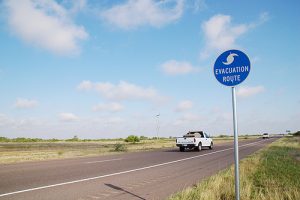
Encourage Others
If you have friends and family in areas notorious for certain disasters, ask them about their plan. Encourage them to understand their evacuation route and create a communication plan for their family. Offer to be one of their meeting place sites if possible. If your home is a meeting site, have your own plan for how you’ll accommodate the extra people and pets.
We are all safer when we work together and look out for each other. Get yourself and your family on the right plan first and then help others to do the same. So many lives can be saved each year with a little forethought and kindness. Nobody wants to imagine the worst-case scenario but being prepared for it can save your life.

